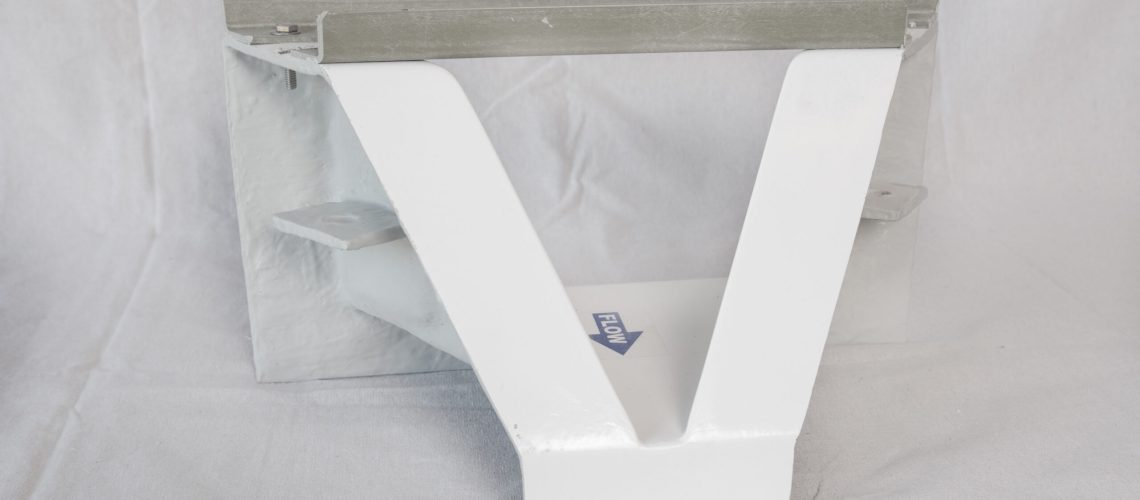Measuring flow through your flume in cold weather can create a unique set of challenges that you don’t face in warmer climates. From blockage to bypass, you can encounter many problems that can interfere with your operations, sometimes in a big way. In general, you’ll need to apply more maintenance and keep a close eye on things to ensure your flow continues unimpeded. Let’s take a look at the issues inherent with flow monitoring in cold weather, and how you can overcome them for year-round accuracy.
Taking the Proper Precautions
Warm weather climes are certainly easier to deal with in terms of maintaining your flume and monitoring your flow, but it can be done in cold weather as well. It just requires taking the right precautions. Some of the problems you’ll encounter include blockage, flow bypass, frost heave, submergence, and settling. You need to be prepared for any or all of these.
Avoid Channel Blockage and Flow Bypass
The first thing you’ll need to do is make sure that your channel is clear and free from blockage. Blockage can result from snow, ice, slush, and even running water that carries debris into the channel, which can block it up and prevent flow entirely. Regular maintenance on both the upstream and downstream channels as well as in the flume itself will avoid this issue.
Keeping the upstream channel clear can prevent flow bypass issues while keeping it clear downstream stops backwashing into the flume. Be careful when you clean the flume inside that you don’t damage it.
Frost Heave
Frost heave happens when the ground soil expands because groundwater underneath freezes. In order to deal with this, you want to consider additional insulation, increasing the footing, or methods that make use of fill soil bags to make sure the flume stays clear.
Submergence Issues
Submergence is a common problem in both cold and warm weather situations. It can be best avoided simply by choosing the right kind of flume. If your flume isn’t properly sized for your system, submergence issues can interfere with accurate flow readings. If submergence issues combine with freezing water, you have real problems.
Settling Issues
Settling happens when the earth surrounding your flume moves and its weight, in turn, causes the flume to move. This can damage the overall system, causing clogs, blockage, even leaks. It can be caused by saturated groundwater, compacted soil, flow bypass, and any number of other reasons. It can also happen at any temperature or time, though it tends to be most common during the spring thaw.
Protecting Your Flume and Tools
In addition to protecting your flume, you’ll want to ensure your flow reading tools are protected from the elements. Flow measurement devices can be subject to ice buildup, which can interfere with reading accuracy. Clear ice from the measurement tools during your regular maintenance to keep them functioning correctly.
Choose the Right Flume from Tracom
If you’re not sure which flume is right for your cold-weather system, Tracom can help. Get in touch with our team for more information or to place an order for a flume that’s ideal for your flow management needs today.



